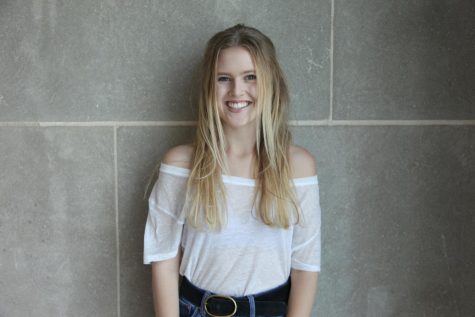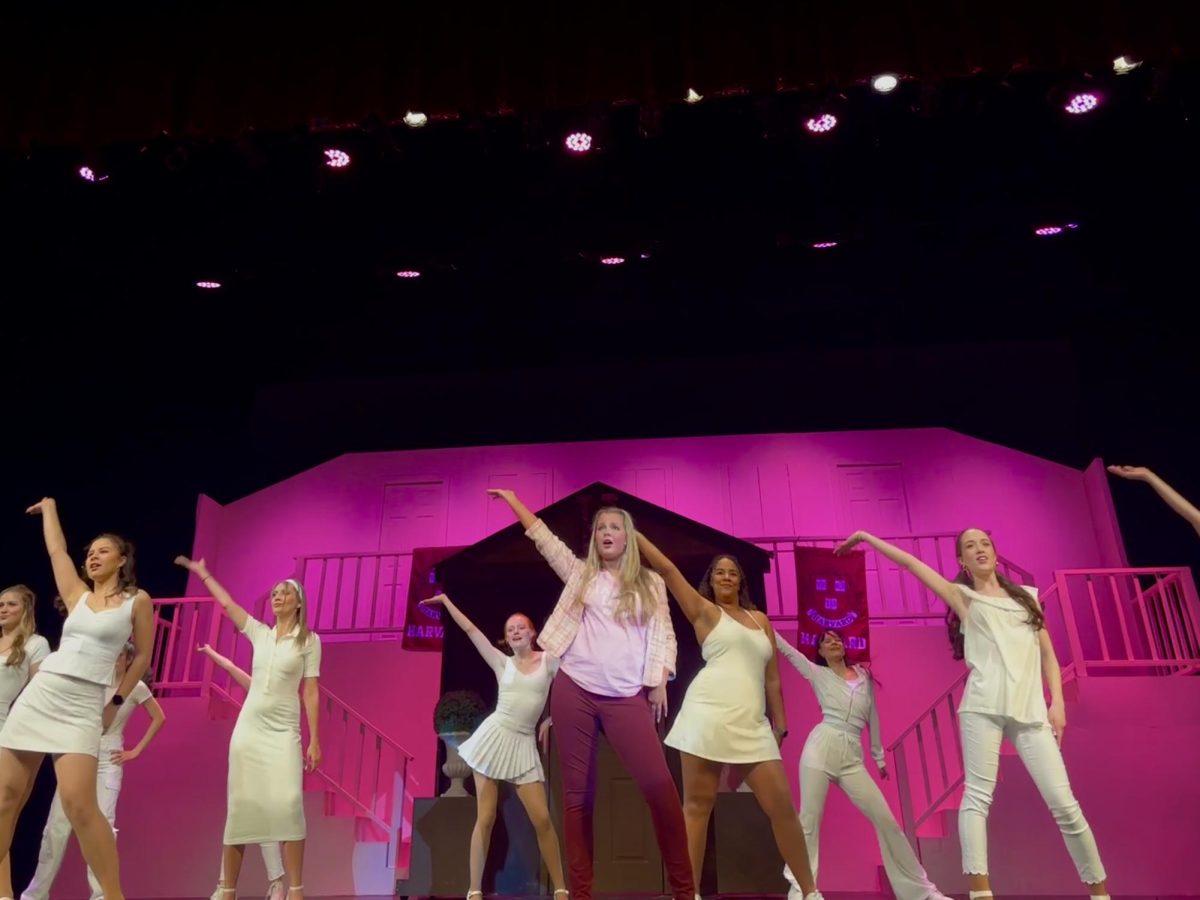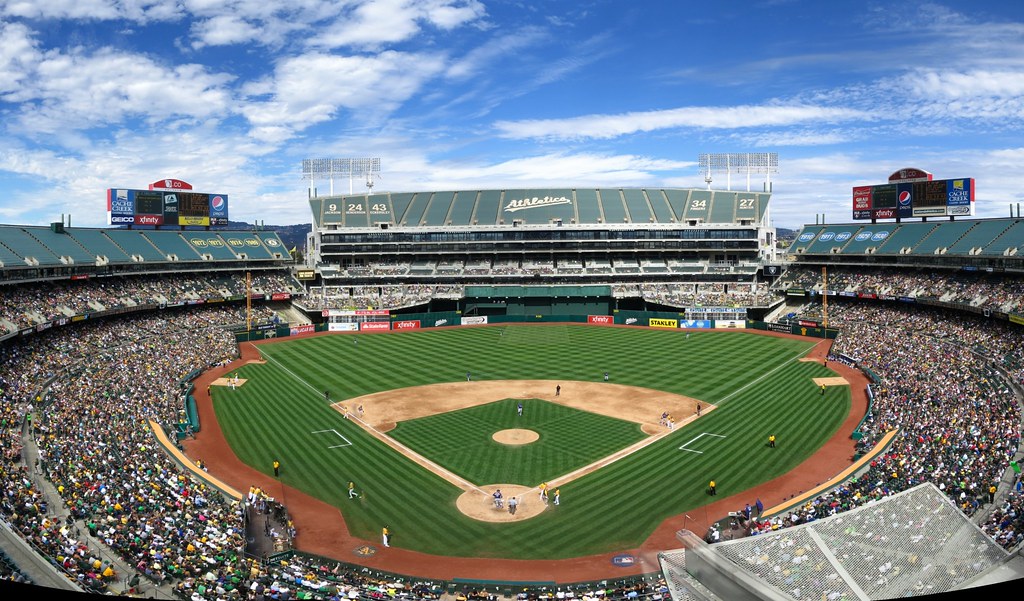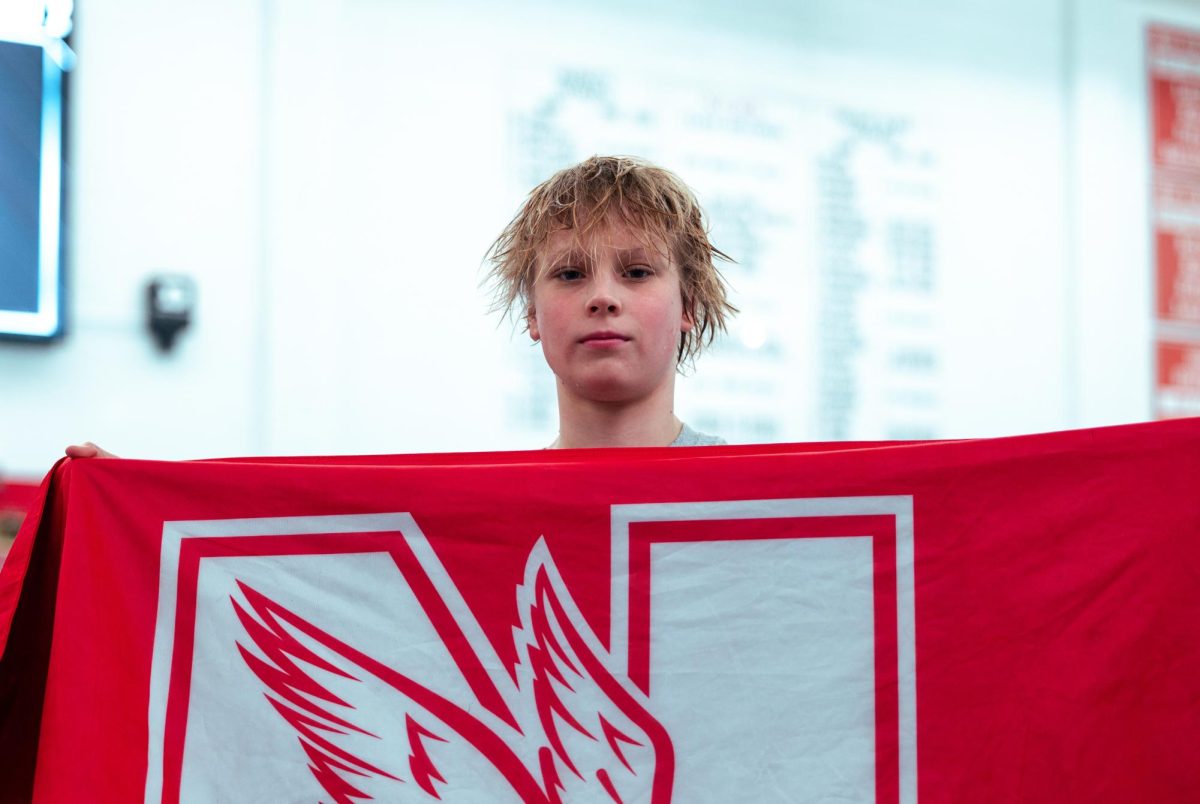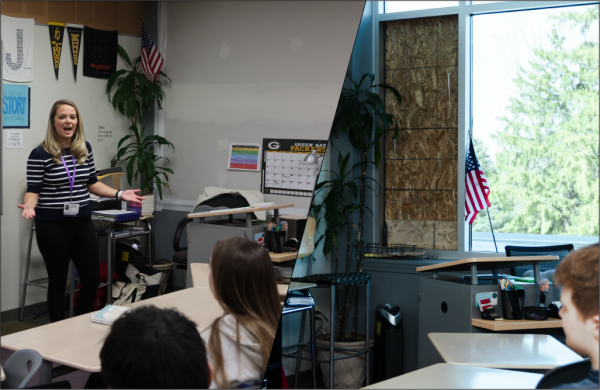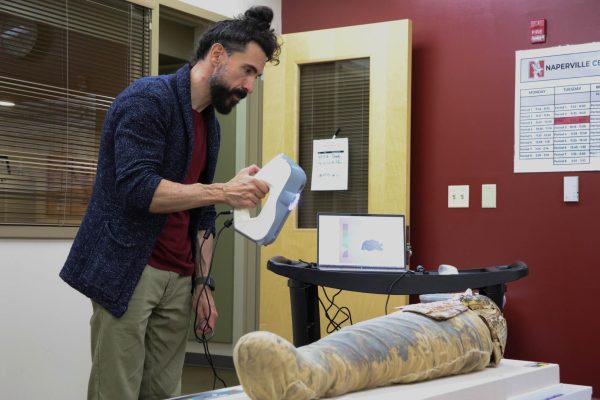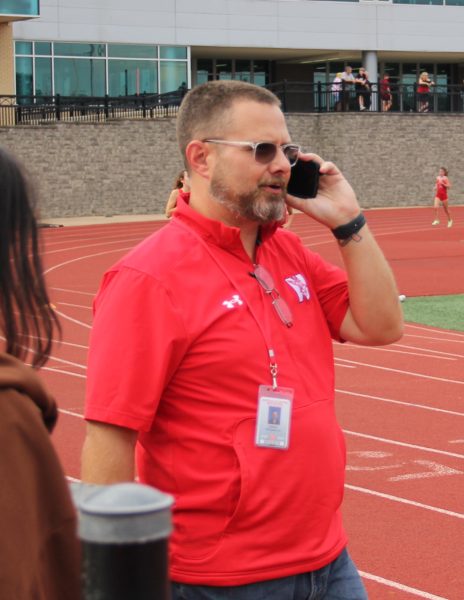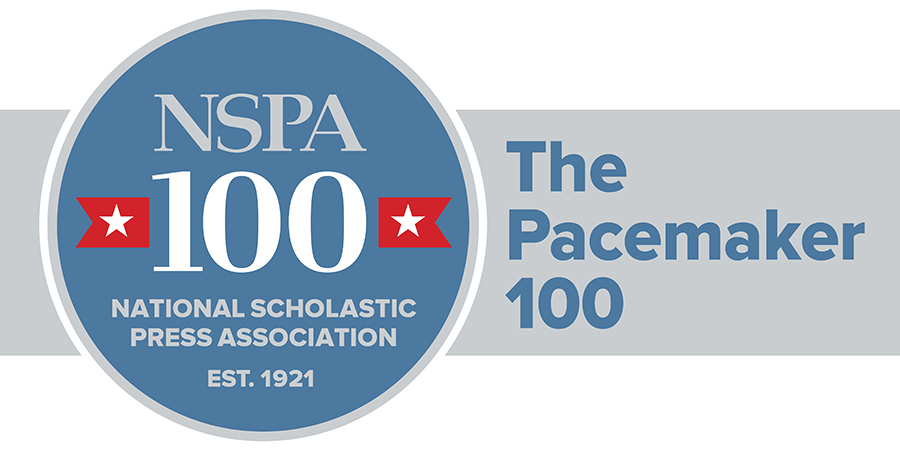Central staff and students look to the sky on day of historic eclipse
August 23, 2017
On Aug. 21, Naperville Central’s entire staff and student body filed into the football field, safety glasses in hand, in order to witness a once-in-a-lifetime event. Students squished together, shoulder to shoulder, to view the first total solar eclipse to stretch across America since 1918.
A total solar eclipse occurs when the moon completely blocks the sun, resulting in darkness during the middle of the day. This event requires precise timing, which is why it only occurs about every 18 months according to space.com.
Although total solar eclipses occur about once every one and a half years, this eclipse was the first to cover America coast to coast since 1918, making it a special occasion. Katherine Seguino, the head of the science department at Central, realized that this rare event would be taking place during the school day and saw an opportunity to bring the entire student body together to witness it.
“I thought it would be really cool to witness science on a larger scale,” Seguino said. “This is a very historic event, [as] most people have not experienced an eclipse.”
Seguino planned an assembly during the time in which the eclipse reached its maximum totality, meaning the moon was blocking the most amount of sun it could. In order to ensure the safety of the students during this assembly, preparations needed to be made.
Prior to exiting out to the field, students were handed a pair of safety glasses, specially made to view the eclipse safely without risking eye damage. Kathryn Hurd, a teacher at Central, as well as a former optometrist, commented on the dangers of viewing the eclipse with the bare eye for an extended period of time.
“The danger [of staring at the sun] is that you have enough energy that comes through the macula which is the main central part that you see in the retina, and it damages the delicate macular retina area,” Hurd said.
Although all students were given protective glasses, some students had prepared different items to help enhance their viewing.
Jennifer Norgaard, an astronomy teacher who also helped with the planning of the assembly, described the project students in her astronomy class created to help see the eclipse a different way.
“We created a pinhole projector,” Norgaard said. “Every little pinhole reflects what the sun is doing at that moment.”
The pinhole projector consisted of a thick piece of cardboard, covered in aluminum. Students poked small holes in the design of their choice so when the sunlight went through the holes, the shape of the current moon would appear on the ground.
Although many students were excited to witness the event, some were let down by the day’s weather conditions.
“I’m kind of upset,” Senior Mahie Gopalka said. “I’m sure it’ll still be cool, but I was expecting more and I was hoping it would be clearer so we could see everything well. But it’s still a fun experience.”
After the eclipse concluded, students returned to their classes and resumed normal instruction.




